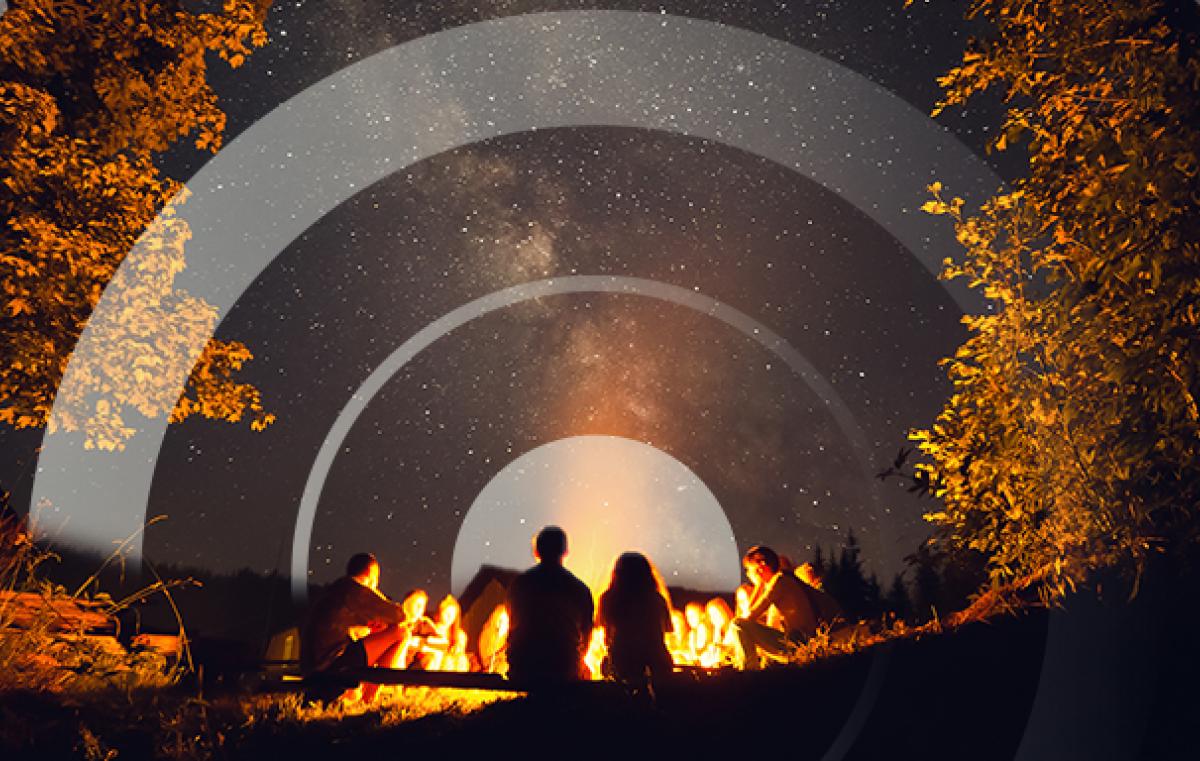Why Do We Celebrate Lag B’Omer?
Prof. Hizky Shoham, of BIU’s Program for Hermeneutics & Cultural Studies, sheds light on the mysterious cultural origins of Lag B’Omer

Lag B’Omer bonfires seem to be an inherent part of the holiday festivities, however, that was not always the case, and may not remain so in the future. Prof. Hizky Shoham, of BIU’s Program for Hermeneutics & Cultural Studies, elucidates why we really celebrate Lag B’Omer, shedding light on its vague origins and how the minor holiday was shaped in three different ways.
According to one theory, Jews in the 5th or 6th century CE began to commemorate Lag B’Omer, specifically as the yahrzeit of Joshua son of Nun and to mark the destruction of the Temple in an earthquake, two events that took place on the 18th of the Jewish month of Iyar. But what is the connection between the Temple’s destruction, the bonfires, the “hillula” (celebration or yahrtzeit) of Rabbi Shimon Bar Yochai (the “Rashbi”) and the stories of Bar Kochba?
In order to unravel this enigma, Prof. Shoham suggests breaking free from the notion that there is only “one Judaism” and substituting it with the understanding that there are different Jewish cultures. Lag B’Omer has received different interpretations from the diverse Jewish cultures and accordingly, also varying customs: for the Halakhic culture – usually identified with halakha and mistakenly considered “The Judaism” – Lag B’Omer is considered a minor festival; for the mystical culture, associated with the Kabbalah and the Book of the Zohar that Rashbi is thought to have authored, Lag B’Omer is the greatest holiday. This is the culture in which Rashbi’s hillula grew from a local Galilean event into massive celebrations, that draw hundreds of thousands of Jews to a huge bonfire on Mount Meron every year; for the national culture, which is identified with the rise of Zionism, and which has developed its own customs and rituals, Lag B’Omer is a celebration of “Muscular Judaism”.
A conflict exists between the halakhic culture and the mystical culture regarding Lag B’Omer customs, for example the mixing of men and women that is perceived as immodest in the halakhic culture. The opposition of the halakhic culture to the new customs exists to this day. And what about Zionist culture? This culture, which desperately sought symbols of courage and physical heroism, adopted the figure of Bar-Kochba – the leader of the Jewish revolt against the Roman Empire - borrowing and shaping in its own way some elements from the mystical culture. The devastating consequences of the uprising became a model of tenacity against all odds, and the one bonfire in Meron evolved into masses of campfires or Kumzitses expressing the Palmach language of sharing and connecting.
A few decades ago, Lag B’Omer’s Zionist ethos also took a turn from commemorating a heroic story to a holiday in which teenagers rebel against their parents, stay up all night and celebrate in a rather precarious way in terms of safety, environment and legality. Perhaps, in the future, the growing level of environmental awareness will add a new twist to the Lag B’Omer story.